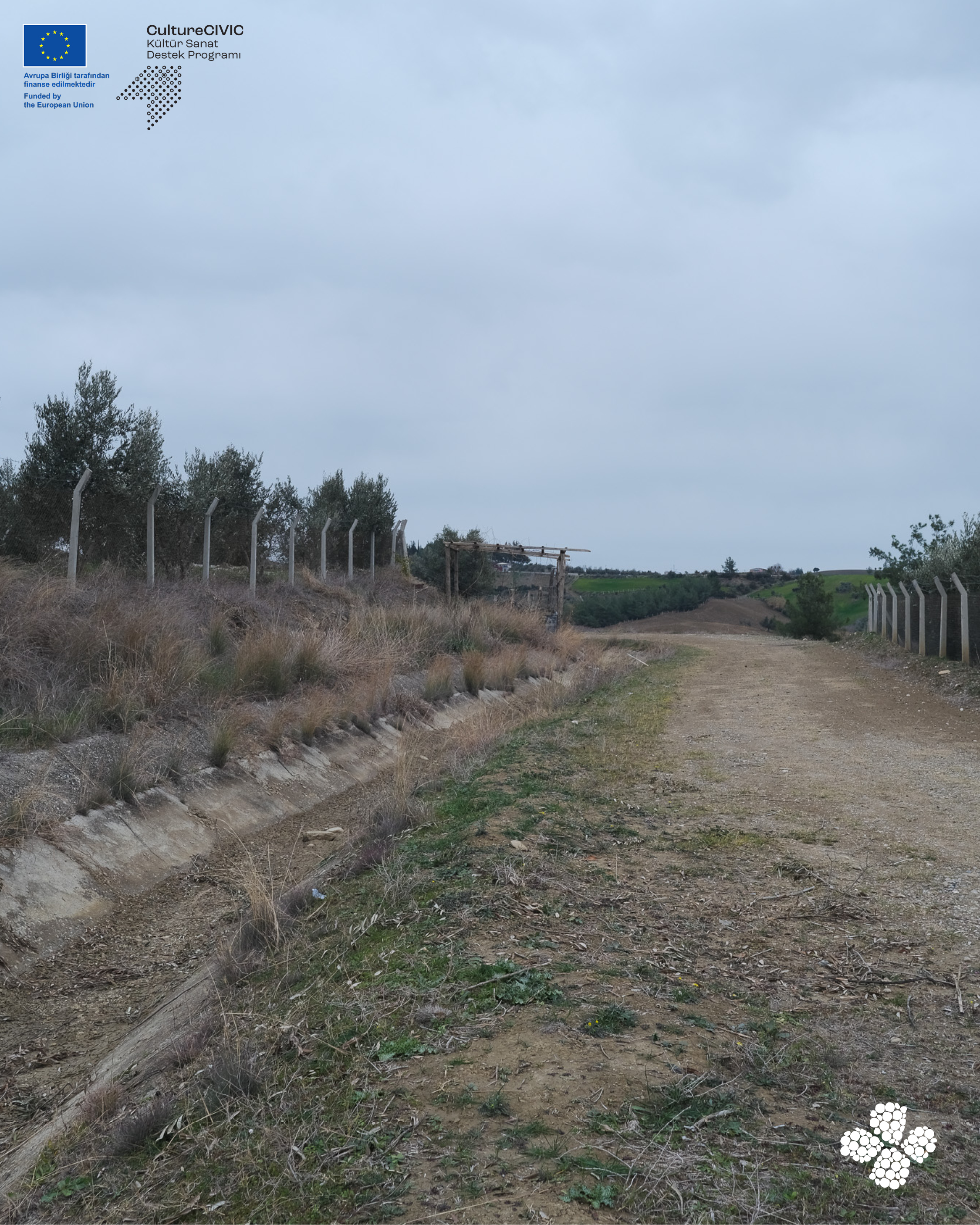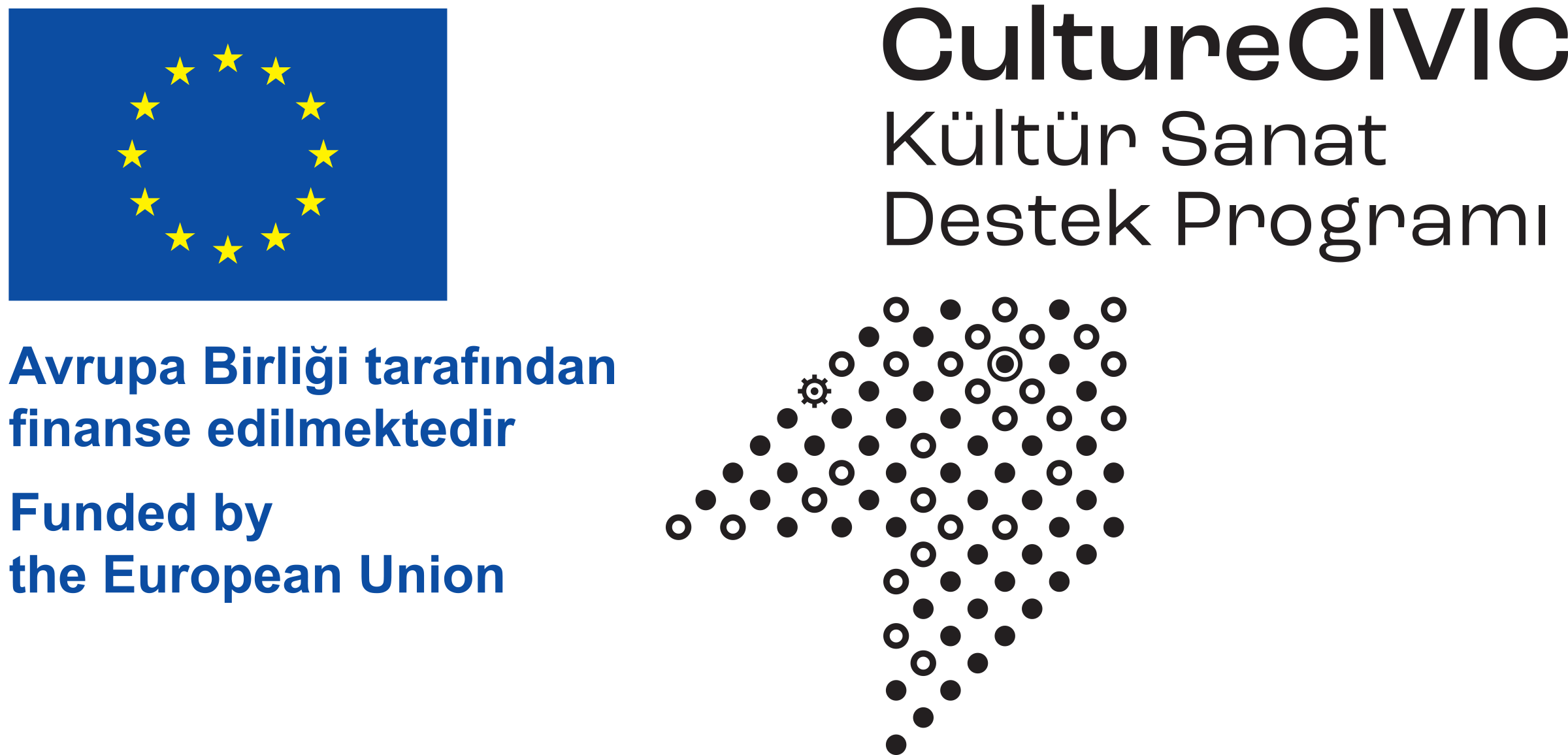Su kanalları, sulama sistemleri
ve suyun tasarrufu
Water canals, irrigation systems
and saving water
30.01.2023
Havza gezilerimizde sık sık su kanallarıyla karşılaşıyoruz. Karaisalı’nın kuzeyinde de, küçük ölçekli bir baraj olan Nergizlik Barajı’ndan havzaya dağılan su, kanallarla tarım arazilerine ulaşıyor. Rehberimizden 30 yıl önce inşa edilen bu beton kanallara hakkında pek çok eleştiri dinliyoruz.
Öncelikle, açık kanal sisteminin Adana’da sıcak geçen yazlar için oldukça verimsiz olduğunu hatırlatıyor. Ayrıca 30 yılda yıpranan, çatlayan beton kanal sisteminin pek çok yerde su sızdırdığını ve suyun kontrolsüzce toprağa, yakındaki Üçürge Deresi’ne karıştığını ve ‘‘israf’’ olduğunu belirtiyor. Kontrol altına alınan suyun, kontrolden çıkarak yeniden doğaya karışması bu sistemin bir açığı muhakkak. Açık kanal sistemine bağlı elektrikli su motorları kanalın yukarısında kalan topraklara su taşıyor. Bunu da başka bir enerji israfı ve masraf olarak niteliyor.
Karaisalı’nın doğusundaki Çatalan Barajı çevresindeki kapalı su sisteminin çok daha verimli olduğunu söylüyor. Aynı zamanda bu sistemin önümüzdeki kurak yazlar için elverişli, su tasarrufu yapan bir yapısı var. Kapalı, basınçlı su altyapısına bağlanan damlama su sistemi ile üreticilerin suyu tasarruflu kullanabileceği düşünülüyor.
Kanalların inşasından evvel dereye yakın arazilerde dereden su çekerek sulu tarım yapıldığını, uzak arazilerde yağmur suyuna tabii kuru tarım yapıldığını öğreniyoruz. Bugünse kuru tarım bilgisi pek çok genç üretici için uzak bir hatıra. Dere yakınındaki arazi daha şanslı olmuyor mu bu durumda sorumuza cevap derenin de o zamanlar gönlünce taşan, kontrol altına alınmamış olduğunu hatırlatıyor.
Su kanalları, sulama sistemleri üzerine sohbet, Nergizlik Barajı’na ve günümüzde azalan su seviyesine uzanıyor.
Öncelikle, açık kanal sisteminin Adana’da sıcak geçen yazlar için oldukça verimsiz olduğunu hatırlatıyor. Ayrıca 30 yılda yıpranan, çatlayan beton kanal sisteminin pek çok yerde su sızdırdığını ve suyun kontrolsüzce toprağa, yakındaki Üçürge Deresi’ne karıştığını ve ‘‘israf’’ olduğunu belirtiyor. Kontrol altına alınan suyun, kontrolden çıkarak yeniden doğaya karışması bu sistemin bir açığı muhakkak. Açık kanal sistemine bağlı elektrikli su motorları kanalın yukarısında kalan topraklara su taşıyor. Bunu da başka bir enerji israfı ve masraf olarak niteliyor.
Karaisalı’nın doğusundaki Çatalan Barajı çevresindeki kapalı su sisteminin çok daha verimli olduğunu söylüyor. Aynı zamanda bu sistemin önümüzdeki kurak yazlar için elverişli, su tasarrufu yapan bir yapısı var. Kapalı, basınçlı su altyapısına bağlanan damlama su sistemi ile üreticilerin suyu tasarruflu kullanabileceği düşünülüyor.
Kanalların inşasından evvel dereye yakın arazilerde dereden su çekerek sulu tarım yapıldığını, uzak arazilerde yağmur suyuna tabii kuru tarım yapıldığını öğreniyoruz. Bugünse kuru tarım bilgisi pek çok genç üretici için uzak bir hatıra. Dere yakınındaki arazi daha şanslı olmuyor mu bu durumda sorumuza cevap derenin de o zamanlar gönlünce taşan, kontrol altına alınmamış olduğunu hatırlatıyor.
Su kanalları, sulama sistemleri üzerine sohbet, Nergizlik Barajı’na ve günümüzde azalan su seviyesine uzanıyor.
During our visits to the river basins, we often come across water canals. In the north of Karaisalı, the water distributed from the Nergizlik Dam, a small-scale dam, reaches the agricultural lands through canals. We hear many criticisms from our guide about these concrete canals built 30 years ago.
First of all, he reminds us that the open canal system is quite inefficient for hot summers in Adana. He also points out that the concrete canal system, which has worn out and cracked in 30 years, leaks water in many places, and the water uncontrollably enters the soil and the nearby Üçürge Creek, which is a "waste". It is surely a flaw of this system that the water, which is under control, gets out of control and reemerges into nature. Electric water motors connected to the open canal system carry water to the land above the canal. He describes this as another waste of energy and expense.
He says the closed water system around the Çatalan Dam east of Karaisalı is much more efficient. At the same time, this system has a water-saving structure that is suitable for the coming dry summers. With a drip water system connected to a closed, pressurized water infrastructure, farmers are expected to be able to save water.
We learn that before the construction of the canals, irrigated agriculture was practiced in the lands close to the stream by drawing water from the stream, while in the distant lands dry farming was practiced with rainwater. Today, knowledge of dry farming is a distant memory for many young farmers. When we ask whether the land near the stream is not more fortunate in this case, the answer reminds us that the stream was also overflowing and uncontrolled at that time.
The conversation on water canals and irrigation systems leads to the Nergizlik Dam and the declining water level today.
First of all, he reminds us that the open canal system is quite inefficient for hot summers in Adana. He also points out that the concrete canal system, which has worn out and cracked in 30 years, leaks water in many places, and the water uncontrollably enters the soil and the nearby Üçürge Creek, which is a "waste". It is surely a flaw of this system that the water, which is under control, gets out of control and reemerges into nature. Electric water motors connected to the open canal system carry water to the land above the canal. He describes this as another waste of energy and expense.
He says the closed water system around the Çatalan Dam east of Karaisalı is much more efficient. At the same time, this system has a water-saving structure that is suitable for the coming dry summers. With a drip water system connected to a closed, pressurized water infrastructure, farmers are expected to be able to save water.
We learn that before the construction of the canals, irrigated agriculture was practiced in the lands close to the stream by drawing water from the stream, while in the distant lands dry farming was practiced with rainwater. Today, knowledge of dry farming is a distant memory for many young farmers. When we ask whether the land near the stream is not more fortunate in this case, the answer reminds us that the stream was also overflowing and uncontrolled at that time.
The conversation on water canals and irrigation systems leads to the Nergizlik Dam and the declining water level today.






Photos: Mahsul Projesi


